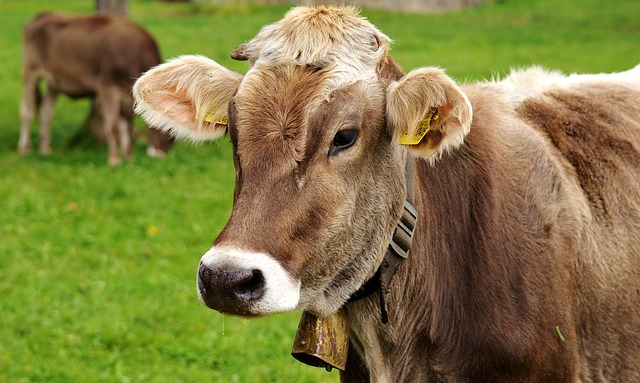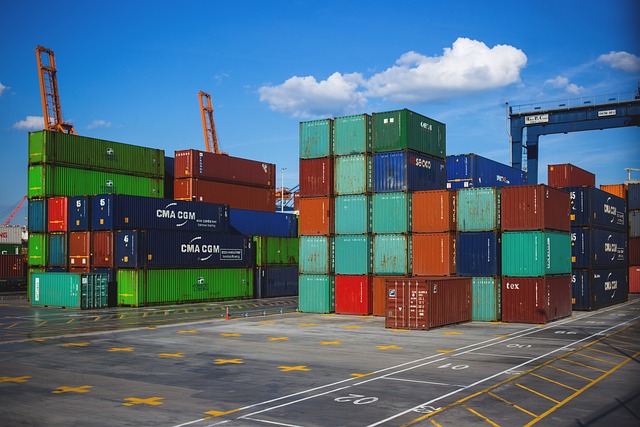How to Reduce Injuries With Better Cattle Handling Equipment

Strong 8k brings an ultra-HD IPTV experience to your living room and your pocket.
Cattle handling is a risky operation for the handlers as well as the cattle. Making them both safe calls for investing in good quality equipment that will handle the animals peacefully and efficiently. Besides avoiding stress in the cattle, the proper equipment also avoids injury, be it by a poorly built chute, an overpopulated alley, or inadequately secured gates.
A focus on developing your cattle handling system not only makes the job site a healthier environment but more efficient workflows and less likelihood of costly veterinary treatments or lost work. This article explores ways of reducing injuries with the use of better cattle handling equipment.
Investing Money in Quality Chutes
Maintenance and construction of cattle chutes are among the most critical items in restricting injury on a farm. Poorly constructed or poorly maintained chutes can cause accidents, such as cattle slipping, falling, or getting their limbs caught. A quality cattle chute should be designed with smooth, rounded corners to prevent injuring the animal's skin and limbs. It should also be large enough to enable the cattle to pass comfortably without getting trapped. If the chute is too narrow or doesn't match the size of the cattle, there is a much higher chance they will panic and injure themselves.
Another significant aspect of a good chute system is that it will keep the cattle in place securely without stressing them out. Hydraulic or automatic chutes that restrain the animal securely allow the handler to perform what he needs to without overpowering the cattle physically. These newer systems prevent abrupt, jerking movements that would cause harm to the animal and handler. The purchase of these kinds of equipment reduces the necessity for excessive handling, which in turn lowers the possibility of accidents.
Providing Safe and Appropriate Cattle Gates
Cattle gates are an integral element in the control of movement around the farm, but most cattle farm injuries are rooted in poorly designed gates. A gate that opens or closes too quickly will scare cattle and cause them to bolt, leading to potential falls or even trampling. Slowing gates down and securing them tightly is critical in order to minimize risk. Gates need to be constructed of heavy-duty, solid materials that will withstand the force of a herd but are not so heavy as to be unmovable. With a rugged cattle gate system, you are better able to manage your livestock with more ease and less tension while ensuring everybody's safety.
In addition to ruggedness, proper alignment of the gates is also vital to prevent harm. Gates have to be placed in such a way that they do not compromise the movement of the cattle and create pinch areas where an animal can get jammed. A well-designed gate system provides for easy passage between enclosures, pens, and chutes. Automatic or manual, easily openable and closable gates can prevent cattle from becoming stressed and creating hazardous conditions. It reduces the risk of accidents during regular handling.
Creating a Peaceful Environment for Cattle
Reducing injury is not solely equipment; it's also about creating a peaceful and controlled environment. When cattle feel stressed or startled, their chance of injuring themselves or others increases. Careful equipment, such as large, open rooms, low-stress handling equipment and systems, and non-slip surfaces, all contribute to reduced panic risk. Careful planning of facilities entails cattle not being pushed into enclosed spaces where they become claustrophobic but are able to move freely yet safely. For instance, employing a curved handling system imitates natural movement of cattle, resulting in calmer animals with fewer tendencies to rush or panic.
Quiet and consistent handling of cattle is equally crucial as utilizing the proper equipment. A peaceful and controlled setting can be augmented by reducing sudden loud noises or sudden movements. Ensuring that all equipment is functioning correctly so that no unexpected breakdowns occur is another way of establishing a low-stress environment. This subsequently avoids injury to both the cattle and to the handlers. With the two in combination, that of proper equipment and careful management, the likelihood of injury can be significantly reduced.
Training Handlers to Use Equipment Properly
Even the best equipment won't be able to ensure safety if it's not used correctly. Inadequately trained or inexperienced handlers could unknowingly harm the cattle or themselves. It is thus crucial that the handlers be taught how to properly use the cattle handling systems within their reach. This includes understanding how to open and close gates on cattle appropriately, how to guide animals into chutes, and how to manage unruly cattle behavior. Training must be on a regular basis and include theory education as well as practical exercises so that the handlers are suitably equipped to handle any situation.
Handlers ought to be trained to recognize the signs of cattle stress or unease so they can modify their approach before something has spiralled out of management. This sensibility not just enables better welfare for the animal but also assures general facility security. Successful training and communication among farm workers will yield a smoother, safer process for both handlers and cows, also reducing the chance of injury. By making certain everyone is aware of how to use the equipment properly, you offer a more effective and safer working environment.
In short, injury prevention through better cattle-handling equipment is not just a matter of upgrading. It has to be a whole system thinking involving quality chutes, safety cattle gates, low-stress handling, and proper handler training. By resolving these elements, you ensure the cattle are stored safe and in a relaxed environment, which later on leads to less injury and an effective farm.
Note: IndiBlogHub features both user-submitted and editorial content. We do not verify third-party contributions. Read our Disclaimer and Privacy Policyfor details.







